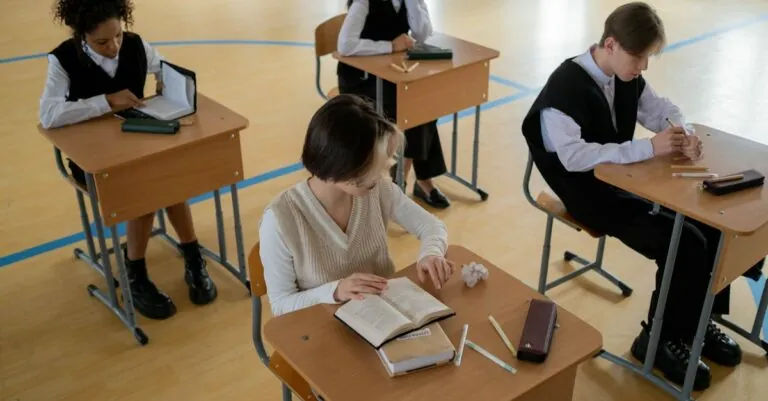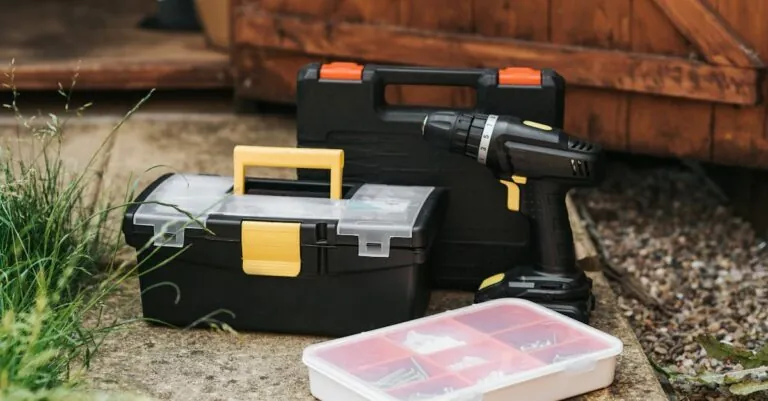Imagine a room filled with laughter, claps, and an infectious energy that keeps everyone moving. Sounds fun, right? Well, that’s the magic of preschool songs with actions. Not only do they captivate young minds, but they also encourage learning in the most enjoyable way possible. From a wiggle of their little fingers to a jump that sends them soaring, action songs transform ordinary lessons into a delightful dance party. Let’s explore the fantastic world of action songs that inspire creativity, enhance language skills, and keep those tiny feet tapping.
Table of Contents
ToggleThe Importance Of Action Songs For Preschoolers

Engaging Young Learners Through Movement
Action songs make learning fun by adding a dynamic element that’s hard to resist. Kids aren’t just passively listening: they’re moving, dancing, and singing along. This active participation boosts engagement. When a child mimics actions, their brain is working overtime, connecting words to movements. It’s a fantastic way to make concepts stick.
Consider phrases like ‘wiggle your fingers’ or ‘turn around.’ These directions don’t just have meaning: they transform into actions, creating a sensory-rich environment. This connection not only makes the learning experience richer but indelibly etches these words into memory.
Benefits For Language Development
The impact of action songs extends beyond just fun. They play a unique role in language acquisition. When preschoolers sing songs with actions, they enhance their vocabulary while improving their pronunciation. Each movement reinforces the words they hear, making it easier for them to understand and use new vocabulary in context. This experiential learning helps children learn better than rote memorization ever could.
Studies have shown that engaging in musical activities significantly strengthens communication skills. Songs introduce patterns of rhyme and rhythm, assisting with phonetic awareness. Plus, the repetition often found in these charming tunes makes it easier for young children to grasp complex concepts, ensuring they build a solid foundation for literacy.
Top Preschool Songs That Incorporate Actions
Classic Action Songs Every Child Should Know
Some action songs have stood the test of time and are beloved by generations of children. These classics include ‘The Wheels on the Bus,’ and ‘If You’re Happy and You Know It.’ Each tune creates an opportunity to learn through movement. As kids perform actions like rolling their arms or clapping their hands, they not only enjoy the process but also strengthen their motor skills.
A treasure trove of classic action songs makes it easy for educators and parents to keep things fresh. Songs like ‘Head, Shoulders, Knees, and Toes’ incorporate body parts and enhance spatial awareness. Other favorites, such as ‘Five Little Monkeys,’ add an engaging storytelling element, inviting children on a fun learning adventure through actions and laughter.
Interactive Songs For Learning
In modern digital era, interactive songs have taken center stage. These modern additions often include catchy tunes paired with imagery and interactive gestures, capturing the attention of little learners. Platforms like YouTube host a variety of channels dedicated to action songs, featuring vibrant animations and enthusiastic instructors that encourage participation.
Songs like ‘Baby Shark’ or ‘The Hokey Pokey’ provide endless opportunities for kids to get up and move. The beauty of these interactive tunes lies in their ability to blend fun with educational content. Learning basic concepts, numbers, and words through catchy melodies captures learners’ imaginations, making education a playful journey.
Creating Your Own Action Songs
Tips For Writing Engaging Lyrics
Creating original action songs is an excellent way to engage preschoolers further. To start, think of simple concepts, like counting or colors, and craft lyrics that kids can easily understand. Use rhyme and rhythm to make the song catchy: children naturally enjoy repetition, and this practice further solidifies their understanding.
For instance, turning the ordinary routine of getting dressed into a song can be both fun and educational. Lyrics like “Put on your socks, and jump around, then your shoes go on the ground.” encourage movement while reinforcing concepts.
Incorporating Movement And Gestures
Once you have your lyrics, consider how movements can align with the words. Actions should be simple yet dynamic enough to keep kids engaged. They should encourage participation, allowing children to mimic the lyrics effectively. Maybe it’s hopping when they hear the word ‘jump’ or spinning around for ‘twirl’. Ensuring the actions are safe and age-appropriate is also critical. Experimenting with gestures can lead to delightful surprises, discovering what kids truly love to do.




